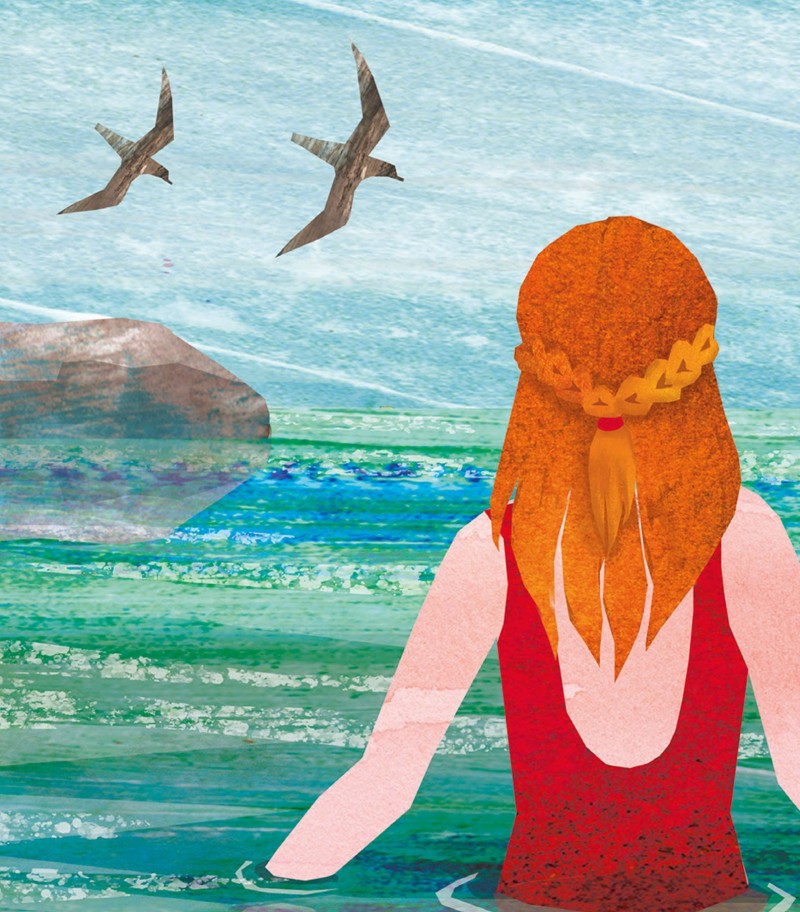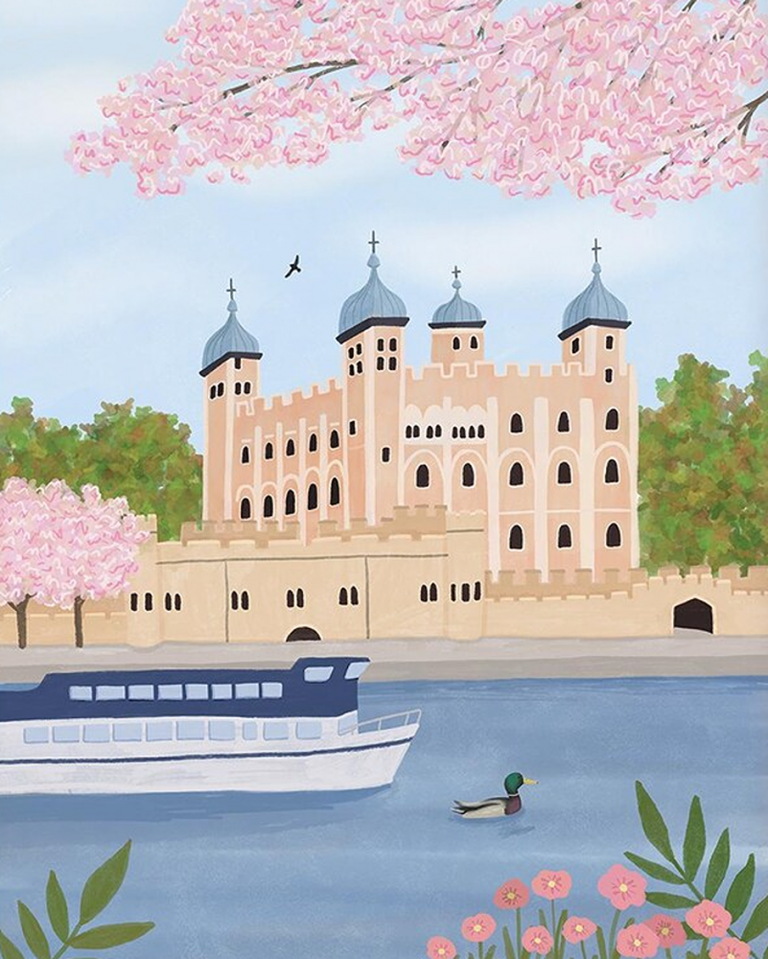
England’s seas and rivers are now so polluted, that just 60% are deemed safe for swimming, compared to over 80% in mainland Europe. This concerns everyone from wild swimmers to parents of both children and four-legged friends.
Ageing sewage networks now struggle to cope with untreated sewage, combined with litter and farm chemical run-off, along with microplastics from synthetic consumer items, that end up in the sea (everything from sunscreen to laundering synthetic fabrics).
Pressure has grown since 2024, when there were reports of over 400,000 sewage discharges, leading to a demand for action from groups like Surfers Against Sewage and the Rivers Trust.
Use the map at Surfers Against Sewage to check for local swim water quality. SAS says that ‘if the water is brown and smells like shit’, it probably is. You can report raw sewage. Also read our post on keeping dogs safe by the seaside.
The Pollution Crisis in England’s Seas
England now has the unenvious title of being ‘the dirty man of Europe’. High counts of E.coli, intestinal enterococci and other pathogens raise the risk of stomach bugs, ear infections and skin rashes. Cuts are also more likely to get infected, in dirty water. Even ‘clean-looking water’ can be unsafe, which is why trusted testing and alerts are so important.
Even popular stretches of the Thames river have faced no-swim advisories, after heavy rain. Some Cornish beaches report spikes in contamination, after storms. And The Lake District has both issues with sewage pollution and plastic litter. One young swimmer was recently interviewed on TV, while swimming in the Lakes. He told the reporter that he could feel something in the water, and he knew what it was – human poo.
Polluted waters also harm our fish, birds and marine creatures – from otters to whales. Microplastics enter the food chain, sludge coats our riverbeds, and oxygen levels drop. These days you can even have odd smells after a downpour (not the lovely ‘petrichor’ earthy smell after rain). Water quality apps are giving out more red or amber warnings. This also has sa knock-on affect on community pride, public health and tourism.
People are rightly appalled by the disgusting state of the UK’s rivers, lakes and beaches. Clean water should be guaranteed for all, and no-one should have to risk health, simply by enjoying a swim or paddle on a sunny day. Best for Britain
Other Polluters: Plastics and Runoff from Farms
Sewage is not the only problem. Microplastics from litter and worn synthetic clothing (a reason to use microfibre filters when laundering) turn up in sand and silt. Fertilisers, pesticides, and slurry wash off fields in the rain, feeding algal blooms and lowering oxygen. A reason to support organic farming.
Campaigners want more stringent targets for the Water (Special Measures) Bill, especially for storm overflows (and meaningful fines for repeated breaches). It also wants major investment in storage tanks, pipe upgrades and green infrastructure (like reedbeds and wetlands).
Community Clean-Ups and Monitoring Efforts

People-powered action delivers quick wins. From volunteer beach cleans to river test kits, this brings about more pressure for stronger public reporting and for businesses and councils to do more, for cleaner shores. The Rivers Trust works with communities and farms to reduce runoff (that ends up in the sea) and restore habitats.
You can report pollution to the Environment Agency.
The Clean Waters of Croatia’s Coast

Croatia (which used to be part of Yugoslavia) has a beautiful coast that borders Italy on the Adriatic Sea. The country is ranked first for the quality of its swimming water by European Environmental Agency, leading its main income to be tourism.
It’s also home to the Danube (the second longest river in Europe) which is also clean, alongside protected forests, mountains and nature reserves. It even has its own ‘Lake District’ with waterfalls that cascade over dolomite and limestone, with pretty colours of turquoise or even mint!
Some people remark that this sea is so clean, it looks like glass. The Dalmatian region, the islands of Hvar and Vis, and the Istrian peninsula all feature beaches where visibility below can reach 30 metres on still days. And around 95% of sites meet bathing water standards, which in turn supports healthy ecosystems.
So how has this beautiful country excelled, where England hasn’t? It’s because councils have upgraded wastewater systems, with regular monitoring. Resorts are cleaned daily of litter, and small harbours restrict discharges. This has led to fewer algal blooms, which in turn helps local fish, birds and wildlife.
Croatia also has a deposit return scheme for bottles and cans (our pending legislation has been delayed in England, because the English government does not want to include glass, for some baffling reason). Introducing one here would lead to far fewer floating cans and plastic bottles, which leach microplastics into our seas and rivers.






